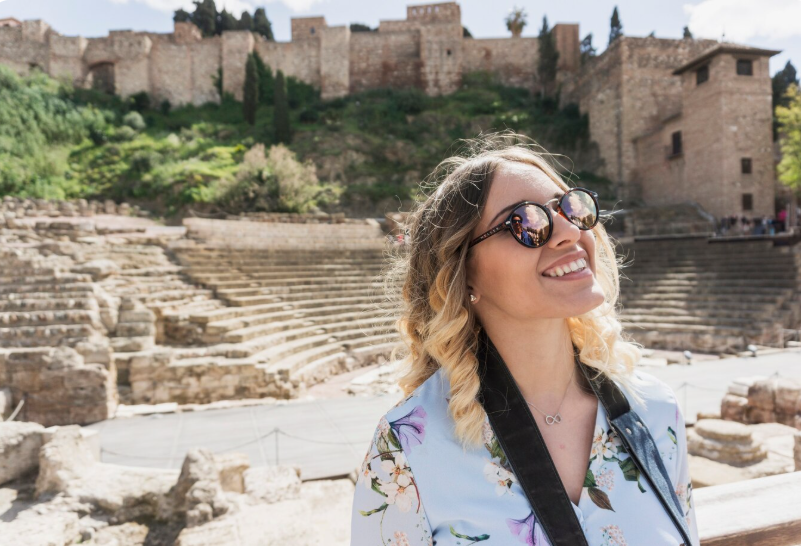Budget Travel Italy: See More, Spend Less
Italy is a dream destination for many travelers — a rich tapestry of history, art, cuisine, and stunning landscapes. Yet, many believe experiencing Italy must come at a high cost. The good news? With careful planning and a few insider strategies, you can immerse yourself in Italy’s wonders without breaking the bank. In this guide, we’ll explore how to travel Italy on a budget while enjoying its full cultural richness.
1. Timing is Everything
One of the most effective ways to cut travel costs in Italy is by avoiding the high tourist season. Plan your trip in the shoulder seasons — late spring (April to early June) or early autumn (September to October). Not only are flights and accommodations cheaper, but you’ll also enjoy fewer crowds and more authentic interactions with locals.
2. Transportation Tips: Trains, Buses, and More
Italy’s extensive train network makes it easy and affordable to travel between major cities. Opt for regional trains (Regionale) instead of high-speed options like Frecciarossa or Italo to save significantly. Booking in advance can unlock great deals — use platforms like Trenitalia or Omio.
For rural areas or slower travel, buses are a cheaper option. FlixBus and MarinoBus are two reliable providers offering cross-country routes at budget rates.
3. Affordable Accommodation Options
Skip the pricey hotels and choose budget-friendly alternatives like guesthouses, agriturismi (farm stays), or hostels. Platforms such as Hostelworld and Booking.com offer excellent filter options for low-cost stays. Airbnb is also a great option, especially if you’re traveling with a group and want to split costs.
Another tip: consider staying in smaller towns or suburbs and commuting into tourist cities. For example, accommodations in Mestre are much cheaper than in Venice but only a short train ride away.
4. Dine Like a Local
Italy’s cuisine is one of its main attractions, and eating well doesn’t mean eating expensively. Avoid tourist traps near major attractions and instead look for trattorias and osterias where locals eat. These family-run spots serve traditional meals at affordable prices.
Take advantage of “aperitivo” hours (roughly 6–8 PM), where you can enjoy a drink and unlimited snacks for the price of a cocktail. For lunch, panini shops, bakeries, and pizzerias offer quick bites for just a few euros.
5. Free and Low-Cost Activities
Italy offers countless cultural experiences that are free or inexpensive. Many museums have free admission days — such as the first Sunday of every month for state museums. Walking tours, often tip-based, are available in cities like Rome, Florence, and Milan.
Nature lovers can explore Italy’s many parks and coastal trails, like the Path of the Gods in the Amalfi Coast or the Cinque Terre hiking trails, for free or at minimal cost.
6. City Passes and Discount Cards
Many cities offer passes that bundle major attractions and public transport. The Roma Pass, Firenze Card, and Venezia Unica City Pass can provide excellent value if you plan to see multiple attractions. Do the math based on your itinerary to see if they’re worth it — sometimes buying individual tickets is cheaper if you plan lightly.
7. Smart Shopping and Souvenirs
Markets are your best friend when it comes to affordable souvenirs. Whether it’s handmade leather in Florence or ceramics in the Amalfi Coast, you can haggle at many stalls and find quality gifts at lower prices. Avoid tourist shops near landmarks — their prices are significantly inflated.
8. Avoid Common Budget Pitfalls
- ATMs: Always use ATMs attached to banks to avoid high withdrawal fees.
- Currency exchange: Avoid exchanging money at airports or near tourist areas — opt for using a travel card or getting cash from a local ATM.
- Tourist menus: They’re often overpriced and underwhelming. Ask locals where to eat instead.
9. Travel Insurance: Don’t Skip It
It might seem counterintuitive in a budget guide, but travel insurance can save you thousands in case of emergency. Look for affordable coverage options that protect against cancellations, theft, or medical needs abroad. Companies like SafetyWing and World Nomads offer competitive plans for budget travelers.
10. Embrace Slow Travel
Fast travel — hopping from city to city — can become expensive. Instead, choose a few key destinations and spend several days in each. Not only do you save on transportation, but you also gain deeper cultural insight. Italy rewards those who take time to explore its less-touristy gems, like Bologna, Lecce, or Bergamo.
Learning New Languages as an Expat: Strategies for Quick Success
If you fall in love with Italy — and many do — you may consider staying longer. Learning the language quickly can dramatically enhance your experience. Here are some strategies:
- Immerse yourself daily — even 15 minutes of Italian podcasts or videos helps.
- Join local groups or language exchanges — apps like Tandem or Meetup can connect you with native speakers.
- Label items at home to build vocabulary contextually.
- Practice out loud — repetition builds fluency faster than silent study.
Language fluency doesn’t happen overnight, but consistent daily practice accelerates your progress and deepens your integration into Italian life.
Stay Connected for More Travel and Lifestyle Inspiration
For more insights into travel, culture, and lifestyle tips, follow me on Instagram @salvadorordorica. If you’re seeking professional translation and localization services to enhance your global ventures, visit The Spanish Group — your trusted partner in bridging cultures worldwide.



